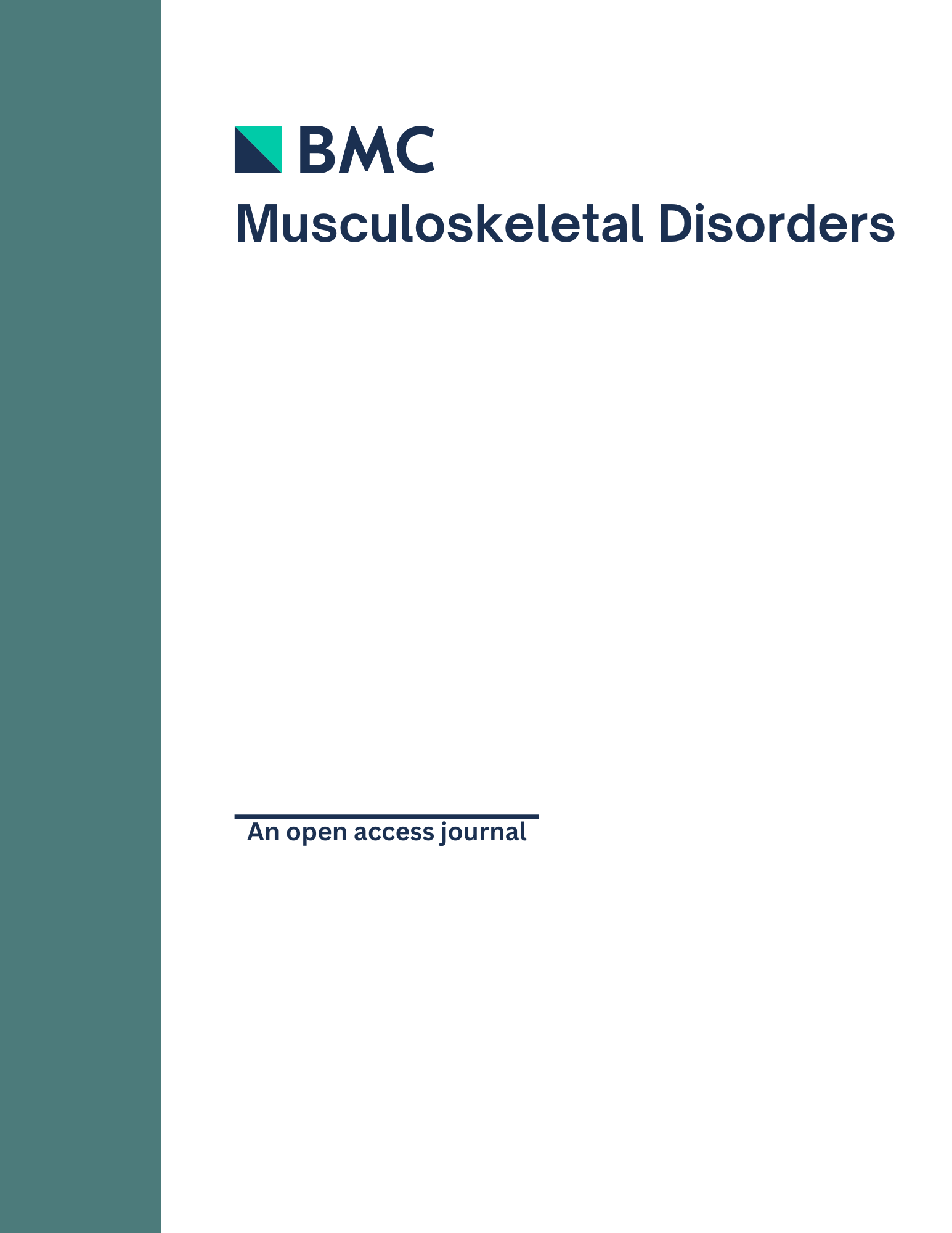
Pain and function improved with Hyalgan in treatment of knee OA in the Asian population

Pain and function improved with Hyalgan in treatment of knee OA in the Asian population
Intra-articular injections of sodium hyaluronate (Hyalgan) in osteoarthritis of the knee. a randomized, controlled, double-blind, multicenter trial in the Asian population.
. 2011 ;():.Synopsis
200 patients were randomized to investigate the efficacy of sodium hyaluronate in the treatment of knee osteoarthritis in the Asian population. Patients were allocated to receive 5 weekly intra-articular (i.a.) injections of Hyalgan or saline placebo, and were followed-up for 20 weeks afterward. The results indicated that patients who were treated with i.a. sodium hyaluronate experienced significantly improved pain and function compared to those treated with placebo saline solution.
The data from this ACE report was included in the analysis for OE Recommends - Knee Osteoarthritis. Click here to learn more
Additional Content
This ACE report is part of a significant literature review on intra-articular hyaluronic acid.
OrthoEvidence undertook a systematic search to identify clinical practice guidelines, meta-analyses and randomized controlled trials assessing the use of intra-articular hyaluronic acid in the treatment of knee osteoarthritis through electronic databases, reviewing the reference list of included publications, and suggestions from experts in the field.
Was the allocation sequence adequately generated?
Was allocation adequately concealed?
Blinding Treatment Providers: Was knowledge of the allocated interventions adequately prevented?
Blinding Outcome Assessors: Was knowledge of the allocated interventions adequately prevented?
Blinding Patients: Was knowledge of the allocated interventions adequately prevented?
Was loss to follow-up (missing outcome data) infrequent?
Are reports of the study free of suggestion of selective outcome reporting?
Were outcomes objective, patient-important and assessed in a manner to limit bias (ie. duplicate assessors, Independent assessors)?
Was the sample size sufficiently large to assure a balance of prognosis and sufficiently large number of outcome events?
Was investigator expertise/experience with both treatment and control techniques likely the same (ie.were criteria for surgeon participation/expertise provided)?
Yes = 1
Uncertain = 0.5
Not Relevant = 0
No = 0
The Reporting Criteria Assessment evaluates the transparency with which authors report the methodological and trial characteristics of the trial within the publication. The assessment is divided into five categories which are presented below.
2/4
Randomization
3/4
Outcome Measurements
4/4
Inclusion / Exclusion
2/4
Therapy Description
4/4
Statistics
Detsky AS, Naylor CD, O'Rourke K, McGeer AJ, L'Abbé KA. J Clin Epidemiol. 1992;45:255-65
The Fragility Index is a tool that aids in the interpretation of significant findings, providing a measure of strength for a result. The Fragility Index represents the number of consecutive events that need to be added to a dichotomous outcome to make the finding no longer significant. A small number represents a weaker finding and a large number represents a stronger finding.
Why was this study needed now?
Common primary treatment of knee osteoarthritis usually consists of simple analgesics, but when pain can no longer be effectively reduced, a therapy of nonsteroidal anti-inflammatory drugs (NSAIDs) is adopted. Although NSAIDs possess well documented pain relief and anti-inflammatory effects, serious gastrointestinal side-effects have been reported with their use. A preferential alternative to NSAIDs has been intra-articular injections of sodium hyaluronate (Hyalgan), but despite extensive research on a worldwide scale, only one study has been dedicated to investigating the efficacy of such treatment in an Asian population.
What was the principal research question?
Did 5 weekly intra-articular injections of 20-mg/2mL sodium hyaluronate effectively reduce pain compared to 2mL of placebo saline solution, when measured after 25 weeks from the beginning of therapy?
What were the important findings?
- Pain (VAS) on the 50 foot walking test was reduced from 45.15mm to 21.53mm (baseline to week 25) in the placebo group and 47.85mm to 17.00mm in the Hyalgan group. The difference in pain at week 25 (P=0.035) and the overall reduction of pain (0.002) were statistically significant, favoring the Hyalgan group.
- Pain and function, as assessed by WOMAC subscales, was significantly reduced with sodium hyaluronate compared to the placebo (P=0.0050 and 0.0038, respectively). Significance was detected by week 5 and carried through for the remainder of the study.
- Although WOMAC stiffness scores were generally more improved in the Hyalgan group, there was no significant difference in this outcome between groups for the duration of the study.
- Both groups achieved slight reduction from baseline 50-foot walking test, with no significant difference.
- No difference was observed in the amount of synovial fluid of the knee between treatment groups.
- Patient and investigator rating of therapy effectiveness did not significantly differ between groups.
- There was no difference in acetaminophen consumption between groups for the duration of the study.
What should I remember most?
The 5-injection administration of 20-mg/mL sodium hyaluronte provided improved pain (100-mm and WOMAC subscale) and function (WOMAC subscale) compared to saline placebo in an Asian population. Difference was detected after 5 weeks and held through to the end of the study at 25 weeks.
How will this affect the care of my patients?
The results of this study support the use of sodium hyaluronate for the treatment of knee osteoarthritis in the Asian population. For a more robust understanding of the efficacy of Hyalgan in the Asian population, future studies should consider outcomes in the long-term and employ Minimum Important Differences (MIDs).
Learn about our AI Driven
High Impact Search Feature
Our AI driven High Impact metric calculates the impact an article will have by considering both the publishing journal and the content of the article itself. Built using the latest advances in natural language processing, OE High Impact predicts an article’s future number of citations better than impact factor alone.
Continue



 LOGIN
LOGIN

Join the Conversation
Please Login or Join to leave comments.